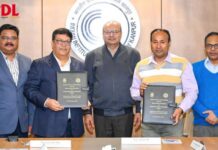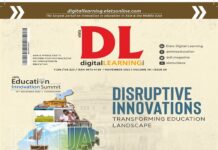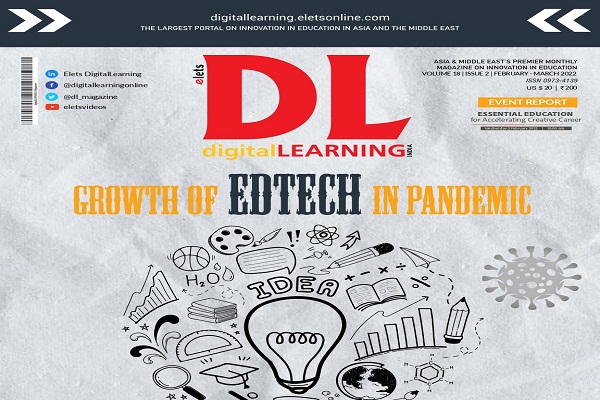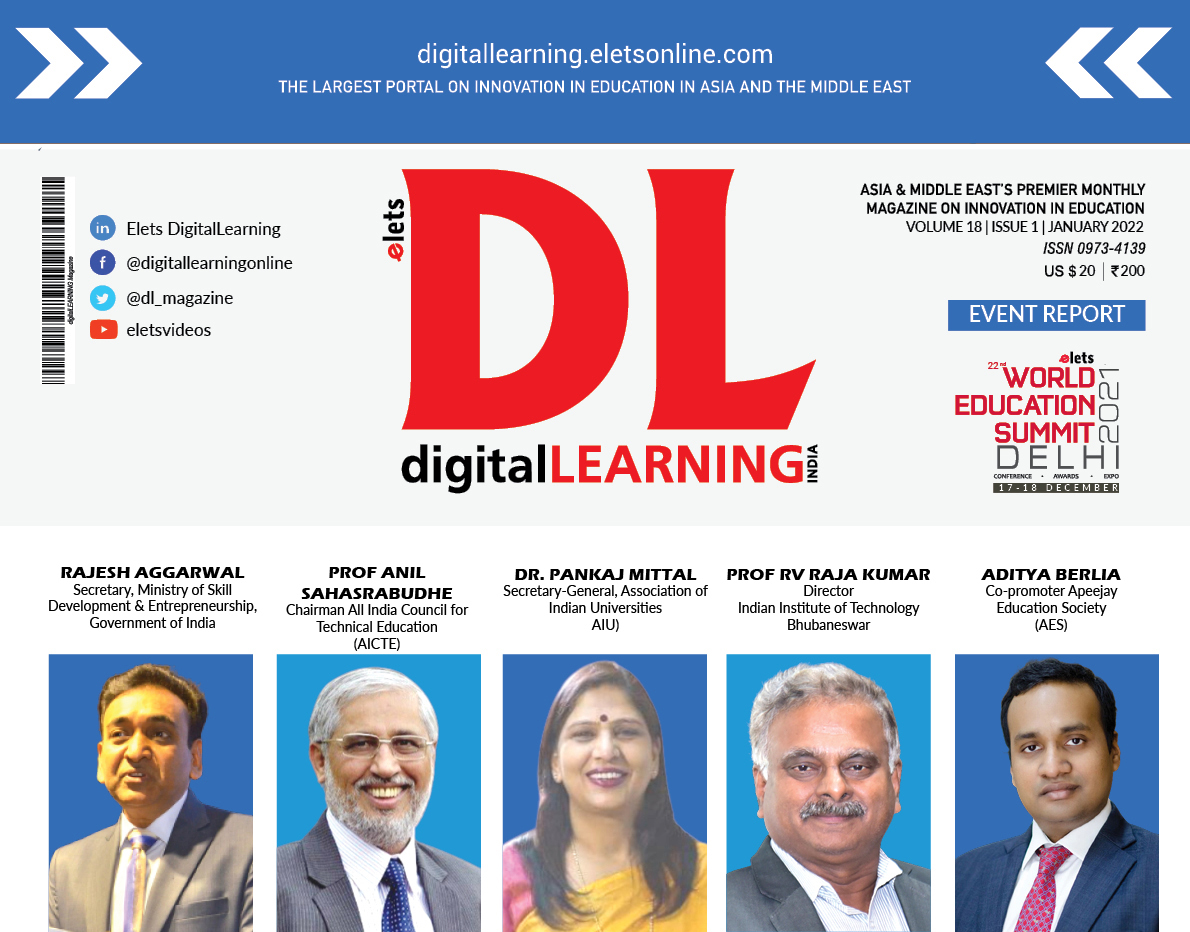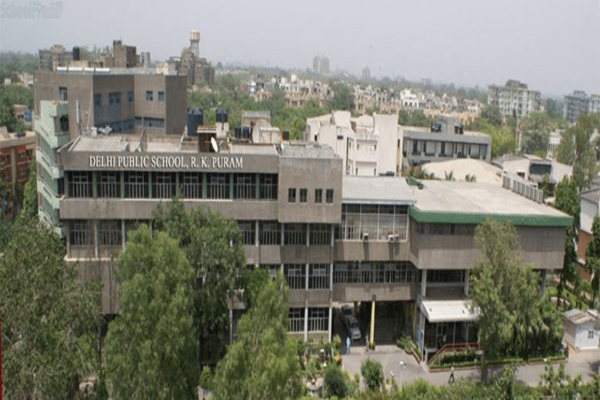 Omar Dengo Foundation, over the past two decades, has made partnership constitution, growth and sustainability as its fundamental goal, engaging the government, corporate,
Omar Dengo Foundation, over the past two decades, has made partnership constitution, growth and sustainability as its fundamental goal, engaging the government, corporate,
academic and international agencies, to bring about strategic change in the learning schemes and the appropriation of ICTs in education.
The widespread integration of technology-enhanced learning environments into Costa Rican public elementary schools began in 1987 with the creation of the National Program of Educational Informatics. The project was conceived in a moment of growing concern for the technological, educational and socio-economic gap that the country experienced both at the international level —with relation to industrialized countries—, and at the national level —among different population groups, areas and sectors within the country. As a result, the government and other leading political, social and economic actors jointly envisioned a Program oriented to introduce technology to schools, as a tool to
bring about strategic change in learning schemes and appropriation of digital technologies in order to prepare the country for the knowledge and echnology- based emerging economy.
The Costa Rican national program of educational informatics
The Program was conceived as a key national effort, designed to impact the education system and the Costa Rican society. From the beginning, the computer was considered a tool to stimulate the cognitive and creative potential of children, youth and teachers. The National Program of Educational Informatics, Costa Rica, chose computer programming and projectbased, curriculum-related learning strategies as decisive resources for the new student-centred learning environment. It has also had a strong focus on improving learner’s problem-solving and thinking skills and strengthening the interest and understanding of math and science.
Partners involved in the program
Partnerships have made it possible to reach and even exceed the initial objectives of the Program. At the core of these partnerships, is the collaboration established between the Omar Dengo Foundation (www.fod.ac.cr), a private non-profit entity, and the Ministry of Public Education (www.mep.go.cr). Other organizations from the corporate, academic and international cooperation sectors have made critical contributions at different moments throughout the two decades of project existence. From the beginning, the Omar Dengo Foundation has played a fundamental role in partnership constitution growth and sustainability. As is evident from the description and nalysis of the first members involved in the initial phases (1987-1990), there has been a ide representation of sectors and organizations:
• The Ministry of Public Education defines education policy issues. It also provides a linkage to educational institutions participating in the Program and
supplies the educational informatics tutors who lead the activities within the computer labs, as well as the specialized personnel assigned for its implementation with students and teachers. Since this is an official national program, the Ministry also supports the program financially. The relationships
between the Omar Dengo Foundation and the Ministry are framed by agreements and laws that define the roles and responsibilities of each partner.
• The Omar Dengo Foundation (ODF) leads the Program and is in charge of its academic, logistic and financial management. It also conducts the training of teachers and specialized personnel as well as the pedagogical and technological support actions. It provides the evaluation, research and development components too. Likewise, it is accountable to the Ministry and the National Controller. ODF also facilitates funding for the project and conducts fund raising activities to support different Program initiatives.
• United States Agency for International Development (USAID) granted the necessary funds for the launching of the program. It also provided ODF with an endowment that was critical to guarantee program sustainability, particularly in the initial phases.
• IBM was the IT company from which the initial computers were purchased. As part of the tender granting requirements, it also facilitated the participation of Seymour Papert and a group of Media Lab specialist as educational and technical advisors and collaborators.
• The Media Lab of the Massachussets Institute of Technology contributed to the pedagogical and strategic design of the Program, which was developed jointly with other Costa Rican experts. This contribution extended far beyond the initial limits of the IBM-related consultancy period. Their major collaboration has always been associated to epistemological and learning issues, particularly in relation to teacher training in computer programming (Logo during the first phase and Microworlds and robotics more recently).
• The University of Costa Rica assigned six professors who, together with other Ministry of Education teachers, formed part of a core leadership group that was trained at the Media Lab and that contributed significantly to Program design, policy, training orientation and follow up procedures.
• Local communities are a key stakeholder. They provide the classroom, furniture, security measures and other elements necessary for the computer labs to function. Each school’s education board and groups of participating parents do fundraising activities and organize to comply with these infrastructural requirements.
The partnering process
The Costa Rican government set up a technical commission integrated by experts in education, technology and finances in order to establish the basic guidelines of the project. One of their first decisions was to create an independent and private foundation to oversee the project. This would allow the project have greater technical, administrative and financial autonomy and to reduce the risks frequently associated to changes in government administration. The Omar Dengo Foundation was thus conformed and soon acquired its distinct and own personality. It has played a crucial role as the lead partner together with the Ministry of Public Education. ODF launched an international tender in order to search for a company that could supply the computers required for the Program. It was explicitly required that participating companies suggest edagogical frameworks and accompanying software within which the technology would be used. They were also required to present research and evaluation information as to how these educational approaches had been used in other contexts and to document their results.It was due to the quality of the educational proposal that IBM won the bid. Its proposal integrated Seymour Papert and a group of specialists from the Media Lab at MIT as consultants. In parallel, the technical commission set out to raise funds for the initial phase of the project and obtained financial support from USAID. The key success factors that are at the base of this partnership are clearly related to the vision, leadership and commitment of the lead partners and their representatives. The capacity to make technical decisions, mplement efficient processes and respect strict accountability and ransparency measures have been critical to the excellent partnership outcomes and to the recognition of mutual need. Among all members, there is
a clear consensus about the importance and effectiveness of the multi-stakeholder approach. Multi-stakeholder partnerships have made it possible for over 1.5benefit. This is quite an accomplishment in a country of 4.1 million inhabitants. These collaborations and others that have developed over time, have made it possible to have the Program grow and evolve over two decades of uninterrupted work. Today, the Program reaches 53.0% of students in public elementary schools (including a large number of kindergarten children) and 72.4% of public high school students nationwide. Likewise tens of thousands of
teachers have been trained and have undergone important professional development experiences. Students, teachers, educational authorities and even parents and community members have been empowered by a Program that stresses the cognitive and creative potential of digital technologies within
development efforts.




